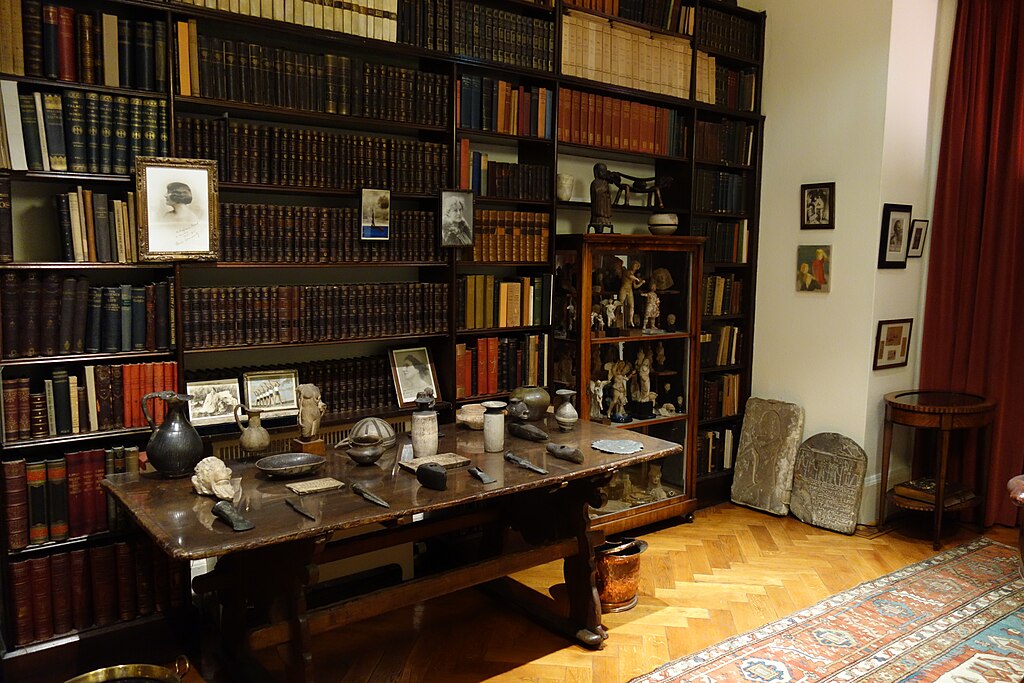Leisure • Art/Architecture
Why Do Scandinavians Have Such Impeccable Taste in Interior Design?
The superiority of Scandinavian design has been well-charted. The chairs, lamps, tables, sofas and cushions of these prosperous northern democracies have been universally applauded and sought after.

But why have these small isolated nations managed to generate so many great designs? Why do the Scandinavians have such good taste?
The answers have sometimes been sought in the education system, in the craft tradition or in the biographies of individual creators.
Yet the real explanation might lie in collective psychology. We might consider the psychological mechanisms that govern the business of taste in design. We need to consider the theory of artistic compensation. We are all somewhat unbalanced inside and grow attracted to artistic styles that promise to compensate us for, or ‘correct’ the things we lack within. This explains why people who feel chaotic, undisciplined and cluttered inside are liable to be drawn to interiors that are serene, pure and poised. Equally, people who are exposed to, and oppressed by the hurried tempo of modern life are often drawn to styles that speak of the rustic and the natural.

What singles out ‘bad taste’ is merely that the desire for compensation has grown particularly acute because the deprivation that preceded its emergence has been correspondingly intense. Those who have experienced crushing poverty will – if the opportunity arises – often adopt a gaudy style derived from the most gilded aspects of the palace of Versailles. Those whose lives are excessively harsh may favour garden gnomes, enormous and brightly coloured stuffed toys and sentimental trinkets.

In every instance of bad taste, we find an over-eager embracing of a good quality – sweetness, freedom, fun or prosperity – that is, or once was, in very short supply in the owner’s life. Bad taste can appall but once one understands its origins, sympathy is a more appropriate response.
What’s ‘bad’ in bad taste isn’t the person, but the prior difficulty which they are seeking to compensate for through their decor. There’s no point in mocking – or offering lectures about art history. The problem isn’t a lack of information. It is a trauma created by a badly broken and unbalanced world. The solution to bad taste is therefore, in the broad sense, political. Good taste comes about when people feel appreciated, when there’s enough to go around and when there’s an economy which doesn’t routinely humiliate and abase its members. To make good taste more widespread, what matters above all are efforts to diminish the desperate lives in which lapses of taste invariably have their origins.
It shouldn’t surprise us that the Scandinavians have good taste. The explanation does not lie in design itself. It lies in a prior and far more important achievement: that the Scandinavian nations have learnt how to build equitable, prosperous and relatively fulfilled societies. It isn’t design manuals or talks that will ultimately spread good design. It is good politics.


















